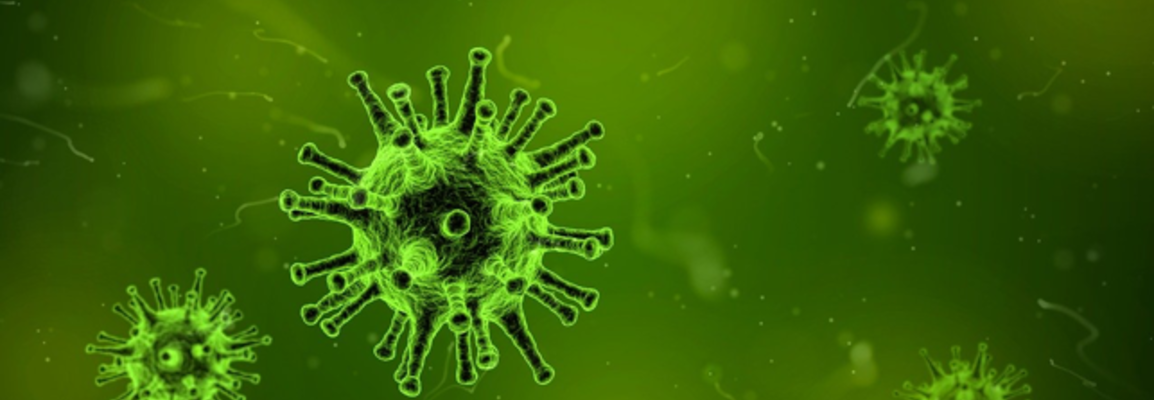

Figuring out New Cervical Cancer Treatments
Figuring out New Cervical Cancer Treatments
Cervical cancer is the fourth most commonly occurring cancer in women. According to the World Cancer Research Fund and American Institute for Cancer Research, more than 500,000 new cases were reported in 2018.
Human papillomavirus (HPV) is responsible for the development of most cervical cancers because it interferes with molecular pathways and causes uncontrolled cell growth.
The presence of even small amounts of HPV DNA can increase the risk of a woman developing cervical cancer. Although not all HPV infections will cause cervical cancer, there is a great deal of interest in finding an effective treatment against HPV infection to eradicate the potential risk. It is hoped that this treatment would also provide a safer alternative to the removal of cancerous cervical cells.
Currently, the spread of cervical cancer is prevented by removing abnormal cells using surgical excision, chemotherapy, or cryotherapy (extremely cold temperature treatment). Although effective, procedures like these are associated with extremely unpleasant side effects and the risk of significant tissue damage.
Fruit latex taken from the unripe fruit of the common fig tree has been shown to effectively treat human skin lesions caused by HPV, such as warts. This has made it a potential candidate for the treatment of cervical cells infected with HPV, without the risk of tissue injury. Gaining a better understanding of the biologically active components of the fig latex and the mechanism of action will facilitate drug development.
Our advanced analytical technology supports scientists in developing new cancer treatments. Researchers have recently analyzed the chemical composition of fig latex to gain insight into the possible mechanisms of action by which it deactivates HPV, using nuclear magnetic resonance (NMR) and mass spectroscopy (MS) in their analyses.
These analyses identified, for the first time, a chemical component that is likely to possess anti-HPV activities, such as inhibiting uncontrolled cell growth and encouraging cancer cell death. Importantly, no toxic effects were observed on control human cells.
We are proud to support academic researchers studying this unusual potential source of therapy to help prevent, treat and cure HPV-related cervical cancer.
Read the full story here